Tagged: Auspicious night, celebration, Cosmic dance, Divinity, Hinduism, Lingam, lord shiva, Mahadev, Mahashivratri, Marriage, panchakshari mantra, Rudraabhishekam, Samudra Manthan, Sanatan Dharma, Shiva Lingam, shivji, Spiritual awakening, Yogi
- This topic has 0 replies, 1 voice, and was last updated by .
-
AuthorPosts
-
March 8, 2024 at 1:28 pm #1796Up::13
ॐ तत्पुरुषाय विद्महे महादेवाय धीमहि तन्नो रुद्रः प्रचोदयात्॥
‘Mahashivratri,’ the great night of devonke dev Mahadev (Lord Shiva), is one of the auspicious days among all the twelve Shivratris that appear in the Hindu calendar. It falls on the Chaturdashi Tithi of Krishna paksha during the phalgun maas.
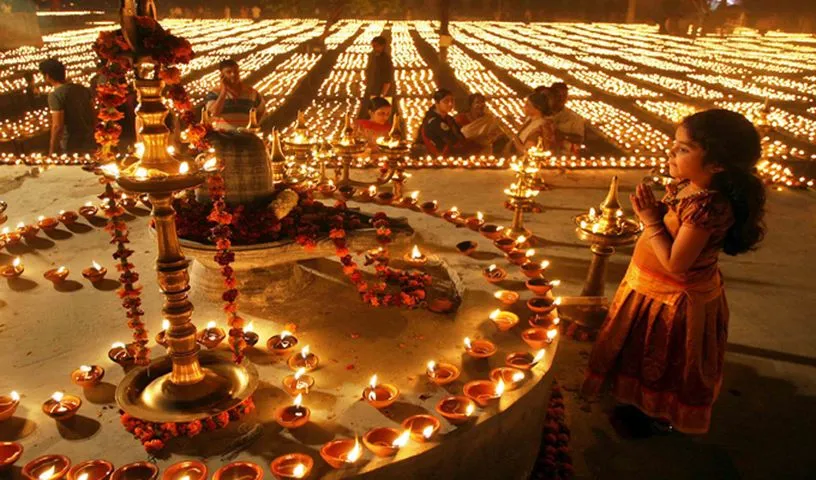
It is a crucial night for all the spiritual seekers, yogis, and married people, as well as for everyone seeking solace who wishes to pursue his divine blessing and form oneness with Lord Shiva.
Who is Bhagwan Shiva?
Shiva, in its deeper sense, means Mangalam (auspicious). Shiva cannot be described in mere words. He is the sacred energy that has full potential and is capable and promising.

When you spell the word Shiva, it is split into three letters: Sha+ee+ve. Where Sha stands for Shareeram (body), ee stands for eshwari (life full of energy), and Va denotes Vayu(speed). But when we omit the ee from Shiva, it becomes shavaa, which means Lifeless body. Anything within Shiva is life; without it, it is just lifeless. So Shiva is a realization of compassion and potential and the one who gives eternal bliss (ananda). Shiva himself is energy (tatva). He is the beholder of utmost cosmic energy.
We all have visualized Lord Shiva smeared with ashes, wearing lion skin around his waist. A trident is in one hand, with a damaru attached, while the other is set in a classic mudra—a crescent moon adorned on the hair over the dreadlock. The celestial abode of Maa Ganga piled up on his head, and snakes encircled his neck. His vision is utterly infinite, and he has a versatile nature. Such is the description of our great Adi Yogi.
Significance of the great Mahashivratri
Mahashivratri holds a very divine place in the lives of those on a yogic journey. It is a night of spiritual awakening as people get relief from three problems: Adhyatmik (body), adhibhoutik (mind), and adidaivik (soul). For yogis, this is a night of eternal bliss where they rejoice and be one with the Shiva Tattva. They perform sadhanas and deeply meditate on the body, mind, and soul levels. This helps wake the divinity inside sadhaks. This is the night to form oneness with Lord Shiva.
Adyatmik stories related to Mahashivratri
- The formation of the Divine Lingam
As per Shiva Puran, Lord Brahma and Lord Vishnu once started fighting over each other’s superiority. All the Gods went to Lord Shiva to help end this horrifying battle. So Shivji asked Lord Vishnu and Bhramaji to find the ends of a vast cosmic pillar. Lord Vishnu couldn’t see the end of the pillar and thus accepted his defeat.
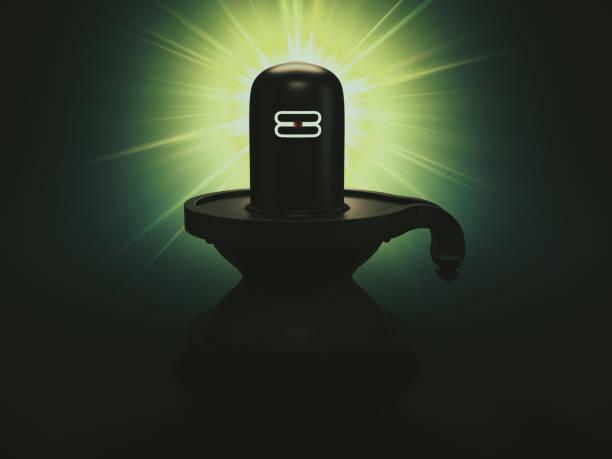
But Bhramaji, on the other hand, lied, so shivji cut off one head out of the five and cursed him so that no one would ever worship him. Hence, Mahashivratri marks the day when Lord Shiva took the form of the Divine Lingam. A column and a source of light with no beginning or ending, the one that emits a radiance of light and signifies its eternal existence.
2. The night of Shiva’s cosmic dance of eternal transformation
Per our Vedic texts, our universe is constantly created, maintained, and destroyed. It resembles the waves of all those ups and downs with crests and throughs. These movements are unpredictable yet full of harmony and peace.
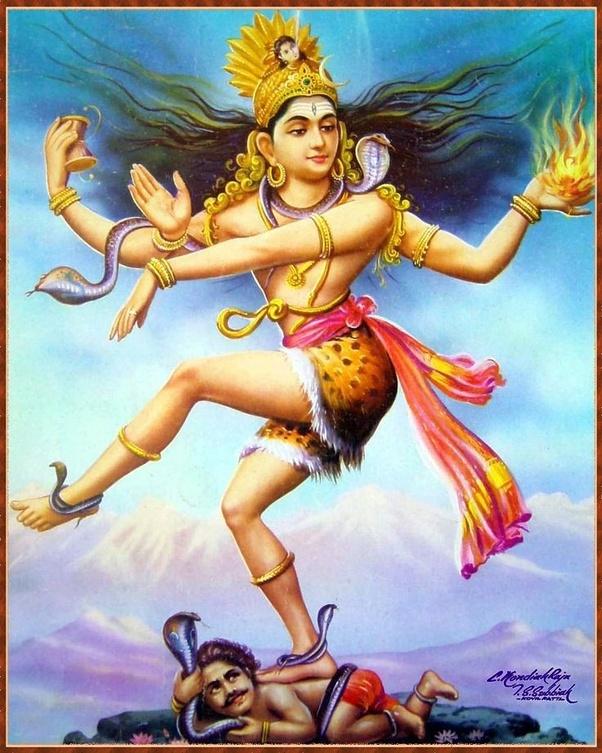
Lord Shiva, also denoted as Nataraja (Lord of Dance pose), performs a cosmic dance during the annihilation. This mudra is overwhelming and shouldn’t be taken as a form of anger or aggression. Moreover, Shivji, the Adi Guru, is continually absorbed into more profound meditation. He is Abhanga (one who was never born); thus, all his yoga postures should be viewed as yoga asana, which gives a strong connection with the divine.
A peculiar dance pose, Natrajasana, taught by most yoga teachers, has found its roots in this dance pose. In a rigid pose, an individual stands erect on one leg and tries to grab his foot from backward. This pose helps him balance and stand still, drawing out all the negative energies within. Thus, through this, one can say Mahashivratri is not only about Shiva’s Cosmic dance pose but also about letting go of the old things and creating something new.
3. The day when lord Shiva consumed poison during Samudra Manthan
According to the Bhagavat Purana, once the Deva (Gods) and the Asuras (demons) were instructed by lord Vishnu ( supreme lord who takes care of the universe) that if they work in unity, they can churn the ocean. This will help them obtain Amrita (nectar of immortality).Accepting the decision, both parties began to work together. But before the nectar came a very poisonous Halala, which was dangerous and spread in every possible direction in the ocean. Everyone, including Gods and Asuras, began to panic and approached Lord Shiva.
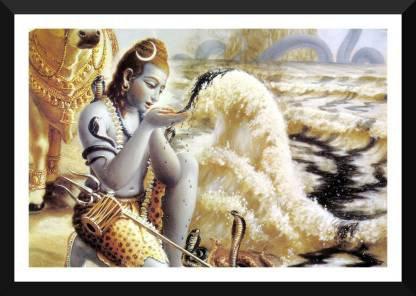
The compassionate Shiva, the savior of all beings, drank the halaal poison by containing it in his single palm. He saved everyone from the danger. But due to the poison he consumed, his throat began turning Blue; hence, he is also known as Neelkantha.
The teachings of the Bhagwat Puran depict how divine personalities go through hardship themselves to remove obstacles in others’ lives. Hence, Lord Shiva is prayed during Mahashivratri for people to seek divinity, destroy all problems, and start their journey toward spirituality with enthusiasm and joy.
4. The Marriage of Shivji with Maa Parvati and Their Reunion
Ancient Vedic literature such as Ramayana and Puranas states how a demon named Taraka created fear in the realm of Gods. They all went to Lord Bhrama for a permanent solution. He instructed the gods that if they convinced Lord Shiva and Goddess Parvati to have a child of their own. That child would destroy the great demon Tarkasura since Shivji had no interest in marrying after the death of Mata Sati. He was in deep meditation in the caves of Somnath. Thus, the Gods made Kamdev (god of love) break his sadhana and generate feelings in his heart for Mata Parvati. Shiva got angry about this, and he reduced Kamadev into piles of ashes with his third eye.
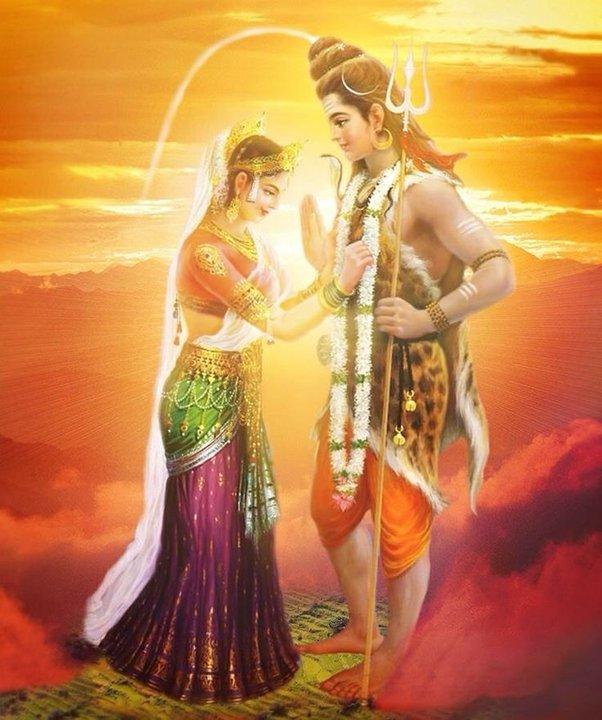
But eventually, Maa Parvati, a manifestation and a form of Maa Sati, engrossed herself in deep penance. Soon, she gained Bholenath’s attention and won his heart. This divine night of Mahashivratri also denotes their pure reunion. The masculine form of Shiva and the feminine energy of Shakti both came together to spark the dynamic creation of the earth.
In an individual’s life, masculine and feminine energy play a crucial role; hence, to honor this, Mahashivratri is celebrated to commemorate this holy consciousness.
How is Mahashivratri Celebrated?
People visit the temple and perform Rudrabhishekam. After that, a panchamrit is prepared with all five significant ingredients: Milk, curd, honey, Ghee, and sugar. Belpatra, Dhatura, and white flowers are then offered to Lord Shiva. Singing the glory of Mahadev and rejoicing in joy with the divine whispers of Mahmrityunjay Mantra ॐ त्र्यम्बकं यजामहे सुगन्धिं पुष्टिवर्धनम् |उर्वारुकमिव बन्धनान्मृत्योर्मुक्षीय माऽमृतात् || and the panchakshari mantra ॐ नमः शिवाय ||
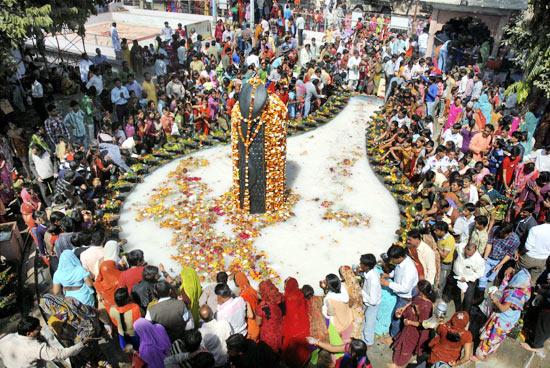
There is a high spirit and enthusiasm among people. One can feel positive vibes all around the place. Mantras, Bhajans, and Keertans of Mahadev fill the atmosphere. Females observe fast to please Lord Shiva and obtain a husband like him with a kind heart and nature. Yogis and Sadhus perform deep penance the whole night. Worshipping Shivji on this auspicious day is like achieving a state of immense transcendence.
- This topic was modified 1 year ago by .
- This topic was modified 1 year ago by .
- This topic was modified 1 year ago by .
- This topic was modified 1 year ago by .
- This topic was modified 1 year ago by .
- This topic was modified 1 year ago by .
-
AuthorPosts
- You must be logged in to reply to this topic.